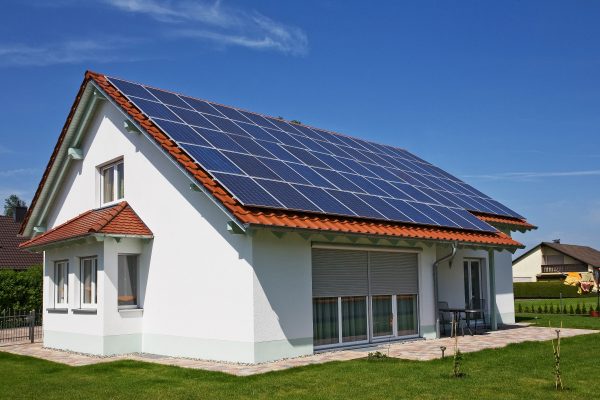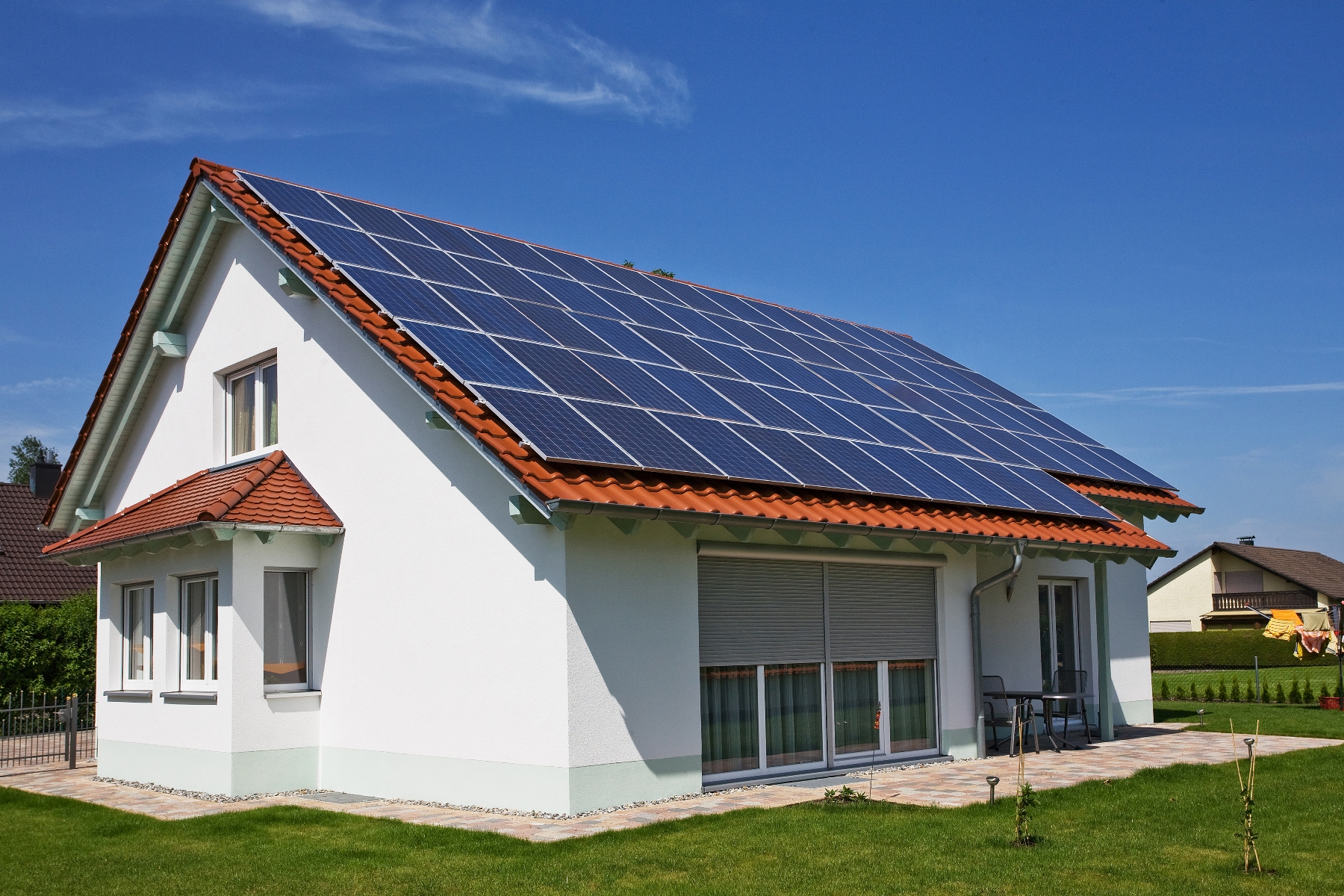
The popularity and accessibility of solar energy is on the rise, and according to Rocky Mountain Power, solar panel implementation had a projection of nearly 17,230 new customers for 2016.
To try and meet the demand for clean energy, Rocky Mountain Power has been buying energy from solar and wind plants around Utah. Customers who install their own panels are able to connect to the grid via a net metering program. This program pays customers for excess energy that is generated and sent back through the grid.
There are myriad companies who sell and install solar panels. Creative Energies, which provides installation services in Utah, Wyoming and Idaho, has stepped in to help customers install their own panels.
Speaking of its accessibility for the consumer, Mike Walton, of Creative Energies says, “An average 2,400 square foot house in SLC may need 5-6 kilowatts. This will have an out of pocket cost of $15,000 to $17,000. With a 30% federal tax credit and a $2,000 Utah tax credit, the cost is [almost] cut in half.
With solar panel installation becoming more affordable, more people are able to sign on for disparate reasons like financial independence and/or a positive environmental impact. Walton points out that with every kilowatt produced by solar energy, 1,100 pounds of coal are not burned annually, and 1,700 pounds of Co2 is not entering the atmosphere.
Potential customers are advised to pay attention to a few key things before rushing to install their own panels. “Ask for references! Look at how long the solar company has been in business. They may offer a 10-year workmanship warranty, which is fairly standard, but if they’ve only been in business 2 years, you may find that your warranty isn’t worth the paper on which it is written,” says Walton.
“Compare apples to apples when looking at proposals. We see annual production estimates that are typically way over inflated. This will make the system look like a great deal, but when it only produces 70% of what the salesman said it would, the client will be disappointed.”
Since Rocky Mountain Power has been investing in their own solar sources, they proposed increases the rates of new customers wishing to utilize solar panels on their own roofs.
According to Rocky Mountain Power, this rate of increase was an attempt to level the playing field for customers who don’t have solar panels. These kinds of rate increases are a part of a national trend. In Nevada, a similar measure was implemented with the result being that independent solar utilization plummeted by 99%.
The Rocky Mountain Power proposals met with considerable opposition and are tabled until August 9, 2017, when there will be a public meeting to discuss its future. For those concerned and interested about the future of solar energy in Utah, the meeting will be at the Heber M. Wells Building on 160 E and 300 S, Room 403, at 2:00 pm.






